Fifteen Minutes of Fame
Fifteen Minutes of Fame: Japan Perspective
Thomas Piercy, clarinet & Vilian Ivantchev, guitar are to premiere Fifteen-Minutes-of-Fame: Japan Perspective on April 13, 2014 for the Composer’s Voice concert Series at the Jan Hus Church in New York City.
The theme of this call is Japan. The Japanese theme could include pieces inspired by Japanese musical or visual art works (either traditional or contemporary), pieces using technical elements found in Japanese music or new works by Japanese composers.
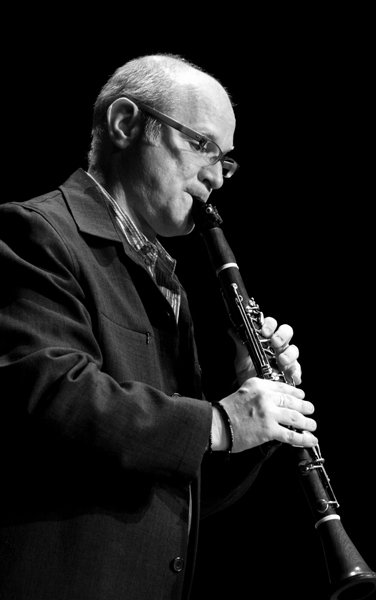
Thomas Piercy
Thomas Piercy is a critically acclaimed clarinetist with orchestral, concerto, solo and chamber music appearances throughout the Americas, Europe and Asia. His performances have been described by critics as "passionate," "pulling out all the stops," “the best Piazzolla in NYC,” and by the New York Times as “brilliant,” “playing with refinement and flair” and “evoking a panache in the contemporary works.” He studied at the Juilliard School and Mannes College of Music. He studied clarinet extensively with the English clarinetist Gervase De Peyer; additional studies were with Kalmen Opperman and Leon Russianoff. A versatile artist defying categorization - the clarinetist on the Emmy Award-winning Juno Baby CD and DVDs; performing Mozart with mezzo-soprano Frederica von Stade; playing Broadway songs with Raoul Julia; working with the composer Leonard Bernstein; appearing in a KRS-ONE rap music video; performing concert improvisations with jazz pianist Donal Fox; premiering new works; recording with members of Maroon 5 - as an instrumentalist, he has performed and recorded for Broadway and Off-Broadway, commercial recordings, television, radio, videos, and movie soundtracks. Mr. Piercy has performed at many acclaimed concerts halls including Carnegie Hall, Lincoln Center, the Kennedy Center, the Dame Myra Hess Memorial Concert Series (Chicago, Illinois), Centre Pompidou (Paris, France), Wigmore Hall (London, England), Accademia di Santa Cecilia (Rome, Italy) and Parthenon (Tokyo, Japan). He has performed several times at the International Clarinet Festival, the world's largest annual gathering of noted clarinetists, including a concert in memory of Leon Russianoff, a concert of contemporary American music in Japan, and an all-Piazzolla program. He has performed and premiered over 150 contemporary pieces written for him, including Grammy Award-winning and Pulitzer Prize-winning composer Ned Rorem only piece for clarinet and piano. He has had arrangements and transcriptions published by Boosey & Hawkes, and contributed to clarinet study books and clarinet compositions published by Carl Fischer, Inc., and Baron Publishing. Recordings available on such labels as the Albany, Capstone, Changing Tones, DGA, NJSF and Tonada labels. More information at www/ThomasPiercy.com.
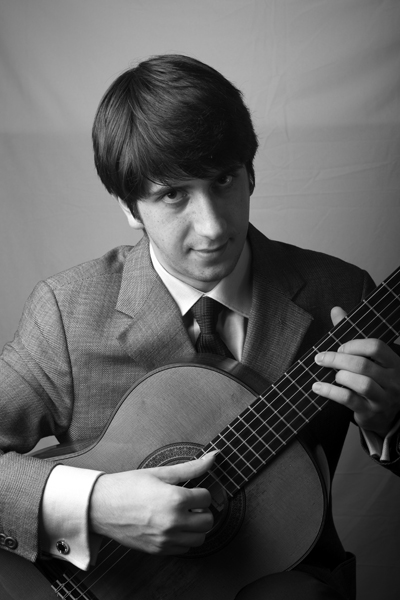
Vilian Ivantchev
Guitarist Vilian Ivantchev began his studies in his native country, Bulgaria, at the Lubomir Pipkov National Music School. When he moved to New York at age 11, he joined the Mannes Preparatory Division and its honors program. Mr. Ivantchev holds a Bachelor’s Degree from Mannes the New School for Music and a Master’s Degree from Manhattan School of music. In the recent release of the CD “Café”, music for Clarinet and Guitar, Vilian Ivantchev was hailed as having “Almost superhuman discipline!” – Lucid Culture. The CD is a collaborative project with internationally acclaimed clarinetist Thomas Piercy. Mr. Ivantchev’s most recent CD feature is on the Vienna Modern Masters label playing the music of David Loeb. Mr. Ivantchev has played in some of the most prestigious venues in New York City, such as Carnegie Hall's Weill Recital Hall, Symphony Space, and The National Arts Club. He is a recipient of The Chamber Music Society of Lincoln Center Award that enabled him to perform in chamber ensembles at Alice Tully Hall. Recent performances include Steve Reich's Electric Counterpoint with members of the Cygnus Ensemble at Weill Recital Hall and Luigi Boccherini's "La Ritirada di Madrid" guitar quintet with the Orion String Quartet. Mr. Ivantchev has extensively recorded the music of Terry Champlin with the Mannes Guitar Quartet, violinist Sabina Torosjan, guitarist and vocalist Helen Avakian, composer and guitarist Terry Champlin, and legendary percussionist Jeff Haynes culminating in a recently released CD trilogy.
Concert Dates
- April 13, 2014 - Jan Hus Church, New York City
15 one-minute selections for Thomas Piercy and Vilian Ivantchev
-
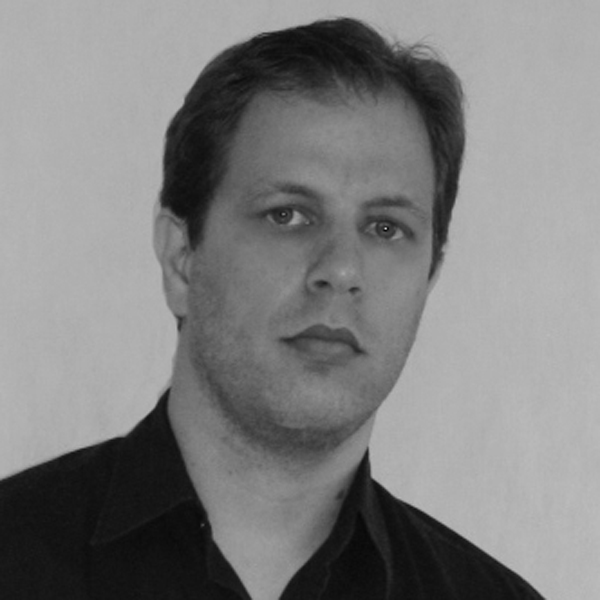
Different Perspectives
Rodrigo Baggio
Rodrigo Baggio is a guitarist and composer from São Paulo, Brazil. His music has been performed in many cities around the world such as São Paulo (Brazil), Paris (France), Quebec (Canada), Bremen (Germany), London (England), Bucharest (Romania), Vermont, New York and Washington DC (USA). As a performer, he has played concerts in different countries of the globe.
Miniature written in accordance to the theme of the call, by utilizing the japanese Min’yo Scale (Pentatonic Scale) in different approaches – from the folk melodies found on Japanese songs (clarinet) to the chord progressions based on the notes of that scale combined to a ocidental harmonic scheme (guitar).
-
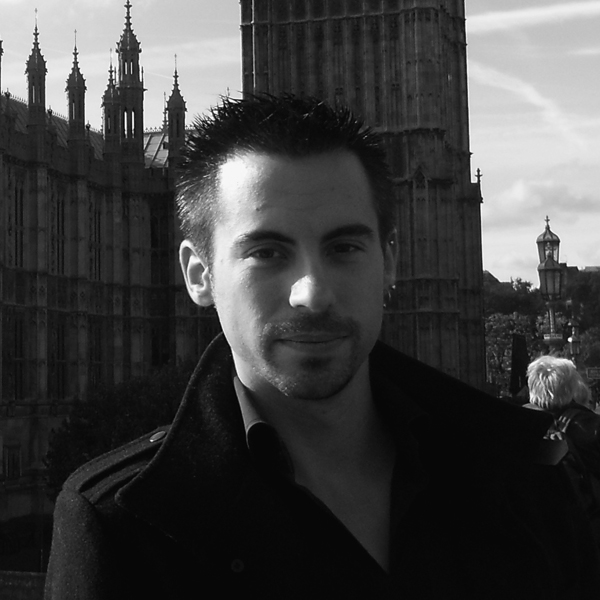
Meandering in Kotoku-in
Jean-Patrick Besingrand
Jean-Patrick Besingrand was born in France in 1985. He obtained his Masters in musicology and his diplomas in Musical analysis, Harmony, Counterpoint, and Fugue. He is working on his thesis at the Sorbonne, and studies composition in Bordeaux. His music is played in the United-States, France and China.
The piece Meandering in Kotoku-in develops a Japanese mode. The guitar echos yamato-goto, an instrument that accompanies shintô (mikagura) music. The clarinet recalls ryûteki. The influence of shintô music is found in rhythms, such as kataraï. Like mikagura, this piece separates in three parts in the form ABA’.
-
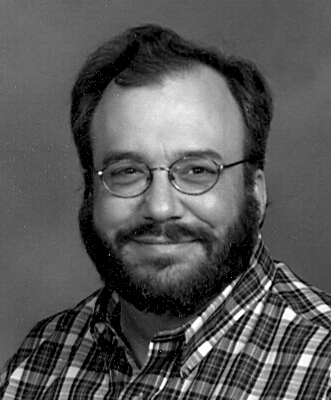
Chi
David Bohn
David Bohn received degrees in composition from the University of Wisconsin, University of Wisconsin-Milwaukee, and the University of Illinois. He currently resides in West Allis, Wisconsin, and is the music director at St. John's Lutheran Church in West Milwaukee. He is the President of the Wisconsin Alliance for Composers.
Chi is one of the five elements of Godai, the Japanese Five Elements. The most basic example of chi, frequently translated as "world", is the stone, representing stability and resistance to movement or change.
-
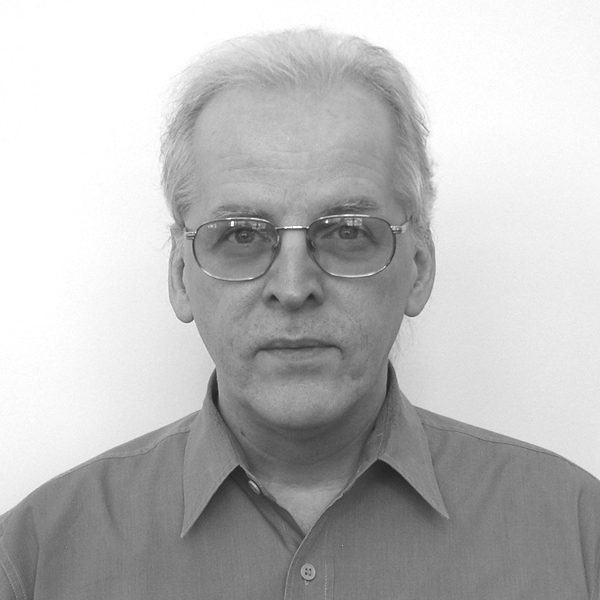
Satoyama
Julius Bucsis
Julius Bucsis is an award winning composer, guitarist, and music technologist. His compositions have been included in many juried concerts, conferences and festivals worldwide. He also frequently performs a set of original compositions featuring electric guitar and computer generated sounds. His artistic interests include using computer technology in music composition and developing musical forms that incorporate improvisation.
Satoyama, the Japanese concept of people living in co-existence with nature, is the inspiration for the composition.
-
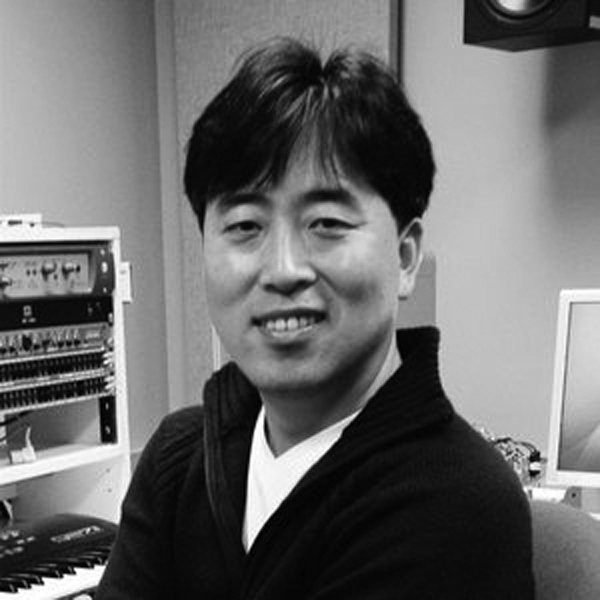
Hazy Aso
Young-Shin Choi
Young-Shin Choi, D.M.A. is a composer for both instrumental and electro-acoustic music with a strong interest in interdisciplinary digital media. Dr. Choi is striving to cultivate an aesthetic based upon a unique combination of musical elements drawn from Korean traditional music and modern Western musical idioms.
The piece is about my memory of traveling Mt. Aso in Kyushu, Japan. Both parts are using the Japanese In Scale, and Guitar has a drone note (open E) that does not belong to the In Scale. The E note symbolizes me trying to be a connected being in nature.
-
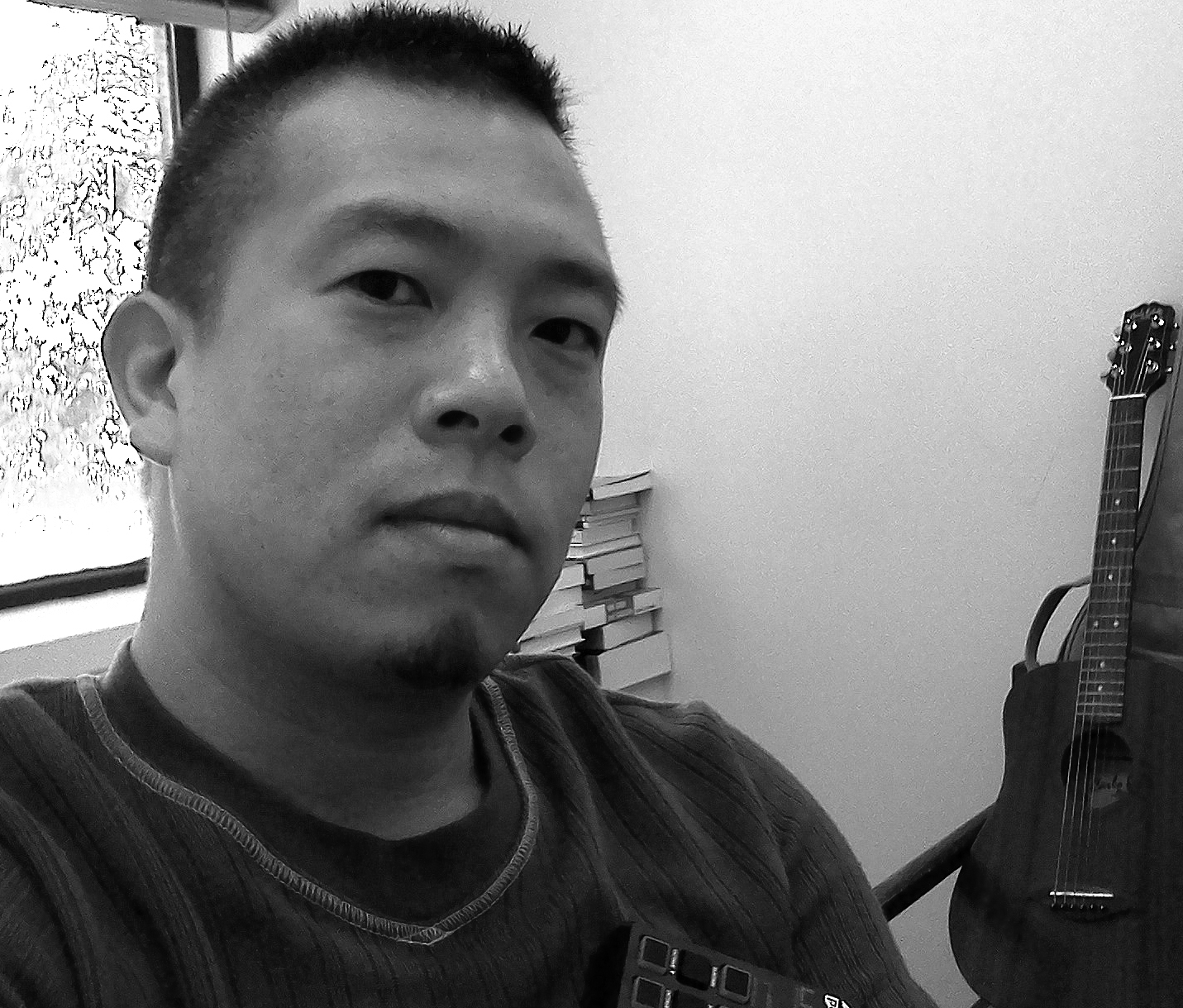
First Snow
Masatora Goya
Masatora Goya is a composer writing extensively in the areas of chamber music and theater. Trained as a vocal performer first, he explores the musical landscape of drama, space, and emotion.
Kobe is a hilly and windy city. The heavy snow is fairly rare, but it catches the wind and drifts in the air. As a kid I used to stare at snow flakes hovering over me on my way home and to school.
-
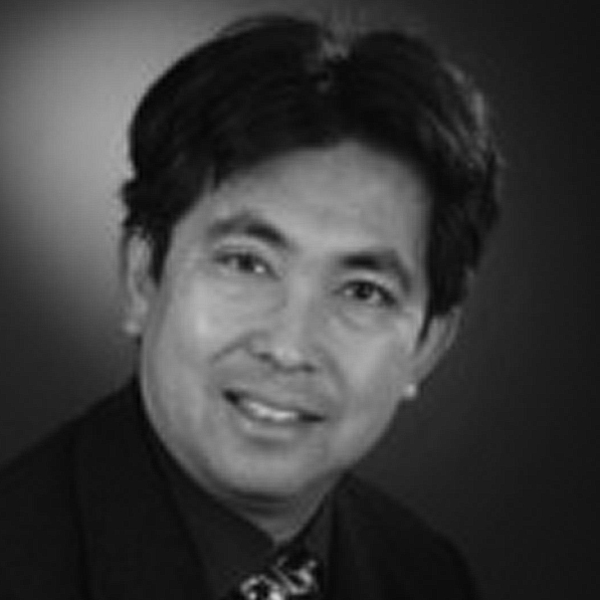
WVE-194e
Kan-no Shigeru
A Japanese Composer-Conductor. In Fukushima/ Japan. Studies in Fukushima, Tokyo, Wien, Stuttgart, Ludwigsburg and Frankfurt with Shimazu, I・Yun, Nishimura, Österreicher, Bernstein, Lachenmann, Rilling and Zender: theory, piano, composition, conducting and musicology. Get 58 times Competiton and Conducting Prizes, *over 150 Opera-repertoires, 700 Concert-repertoires.
There are a lot of noise technic like japanese music. But my music has so much density. The guitar may not play ordinario, but with voice of as noise. The player strike with joint th body. The each places are very different. The guitarist must decide the fixed spot alone.
-
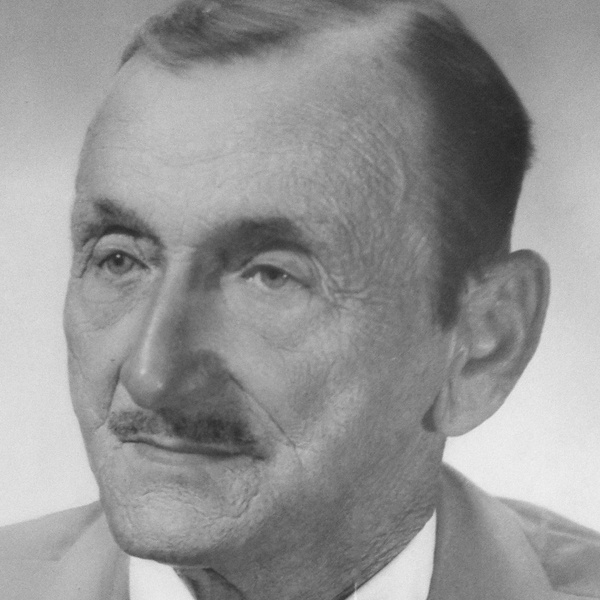
Shianbashi
Laszlo Kékszakállu
Transylvanian born Laszlo Kékszakállu studied clarinet at Universitatea NaĹŁionalÄ de MuzicÄ din BucureĹti, Romania. He was a founding member of the psychedelic-post-modern-experimental-chamber-rock ensemble ĂŠhes Magyar. His music has been performed by various individual's and groups in Europe.
Shianbashi: There was a bridge in Nagasaki where men would stop to contemplate entering the red-light district or returning home to their families. This piece Shianbashi is about the hesitation and contemplation these men faced while standing on this bridge.
-
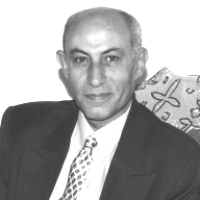
Japan Perspective
Emil Khoury
Maestro Dr. Emil Khoury is a composer, a conductor, and a performer of Middle-Eastern Oud, Organ, and Violin. His musical works include the Great Love cantata for H.M. the late King Hussein Bin Talal of Jordan, Our Love Is So Bright pop song for Kay Weaver, the soundtracks of the Dive in Aqaba touristic film, and many others for symphony and chamber orchestra, diverse ensembles, feature films, and TV satellite stations.
-
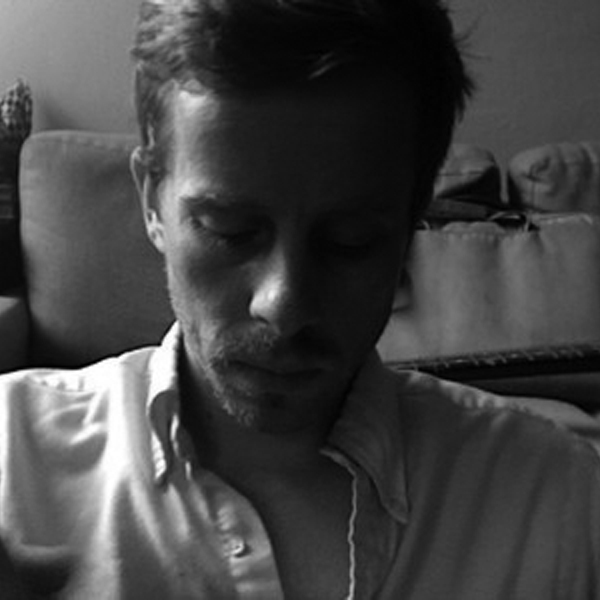
Mugen No Aki
Danny W. Leo
Danny W. Leo is a songwriter, composer, producer, and visual artist residing in Northern Manhattan. He has written, recorded or performed on over 50 albums of original music ranging from 3 piece rock'n'roll band to large large scale
A warm-toned chill in the Palisades revealed a loop of flickering auburn; a speculative portal to autumn everywhere. Though flaming maple I heard Tomokawa Kazuki thinking about the time he watched Melt Banana murder a crowd. The sounds became the day and the day became quiet and nostalgic.
-
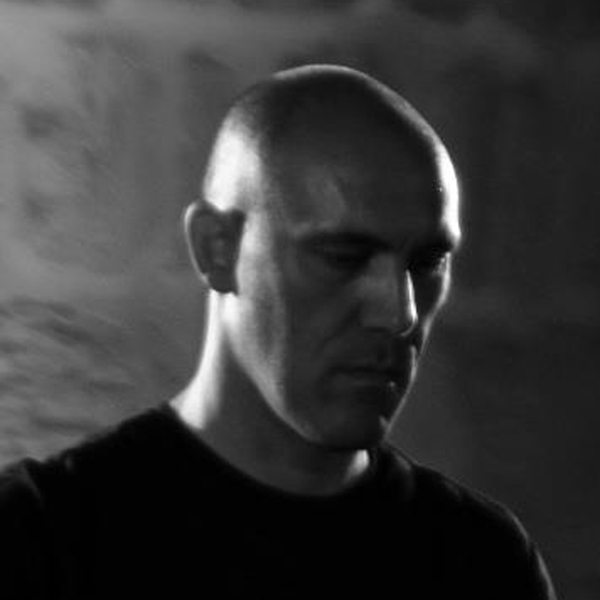
HIP
Morleo Luigi
Luigi Morleo was born in Mesagne, Italy (BR) in 1970. Mr. Morleo is presently teaching Percussion at the N. Piccinni Conservatory in Bari. His compositions, presented on Radio 3, TV2000, Radio Cemat, Percussionradio.com, have been performed in Europe, USA, South America, Africa and Asia. In 2006 the MorleoEditore was published his book
-
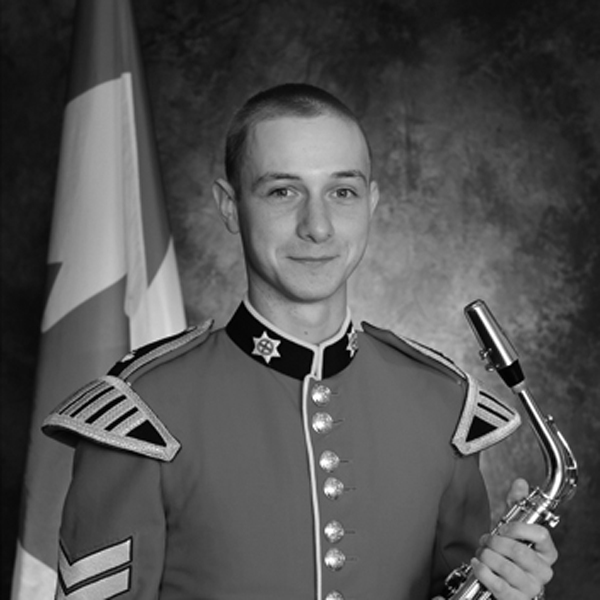
Matsuri Miniature
Lucas Oickle
Inspired by continually learning about Japan through his Japanese fiancée, Nova Scotian composer Lucas Oickle hopes to continue to learn more about Japanese culture and musical traditions. Learn more about his music at
. Lucas is very excited to be marrying his fiancée this summer (summer 2014) in Tokushima. This 60-second miniature derives all of its musical material from my favourite traditional Japanese folk song "Tanabatasama", which is associated with the summer festival "Tanabata'. The original melody is retrograded, compressed and verticalized before finally appearing in its original form.
-
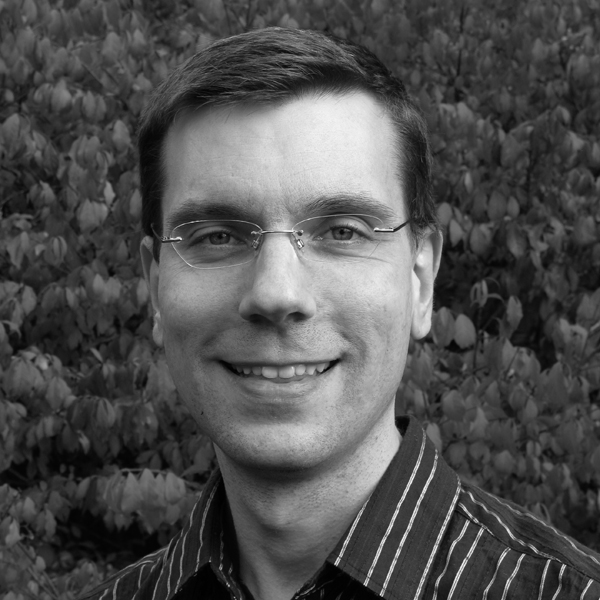
tombeau de toru
Thomas Schuttenhelm
Thomas Schuttenhelm Born and raised in dystopian suburb. Began playing older brother’s neglected guitar. Cultivated introverted tendencies. Became eccentric. Developed Wanderlust. Lived in strange and hostile places. Occasionally and foolishly seeks acceptance from people and institutions that are resigned not to accept him. Cherishes each note.
tombeau de toru: Toru Takemitsu was arguably one of the most intuitive composer’s of the 20th century. His creative identity is defined, in part, by (traditional) Japanese culture, but also by his invention of material that is decidely contemporary. tombeau de toru foregrounds Takemitsu’s Messianic (French) influence and distills all this through an acoustic spectral filter.
-
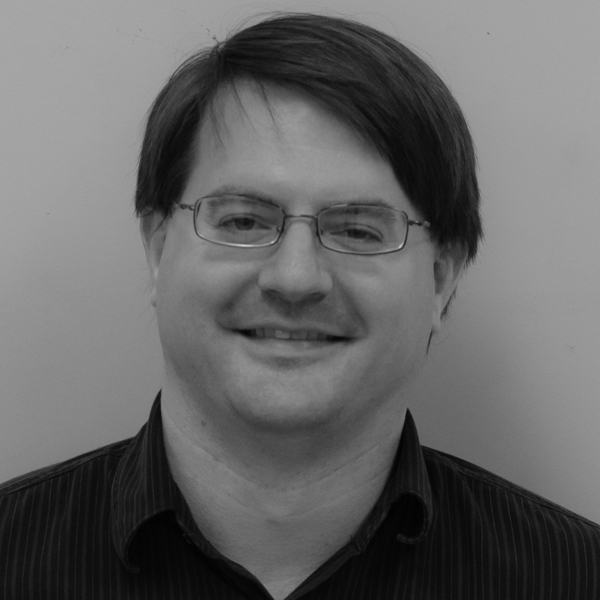
Edo
Samuel Stokes
Samuel Stokes has a Ph.D. in music composition from Louisiana State University where he studied under Dinos Constantinides. Among Stokes’s compositions are Symphony No. 1, "Eustace the Monk," which was premiered by the LSU Symphony, and two full-length musicals entitled Dracula and Bird Millman.
Samuel Stokes has a Ph.D. in music composition from Louisiana State University where he studied under Dinos Constantinides. Among Stokes’s compositions are Symphony No. 1, "Eustace the Monk," which was premiered by the LSU Symphony, and two full-length musicals entitled Dracula and Bird Millman. "Edo" is a period in Japanese history in which the country saw great intellectual and artistic development.
-
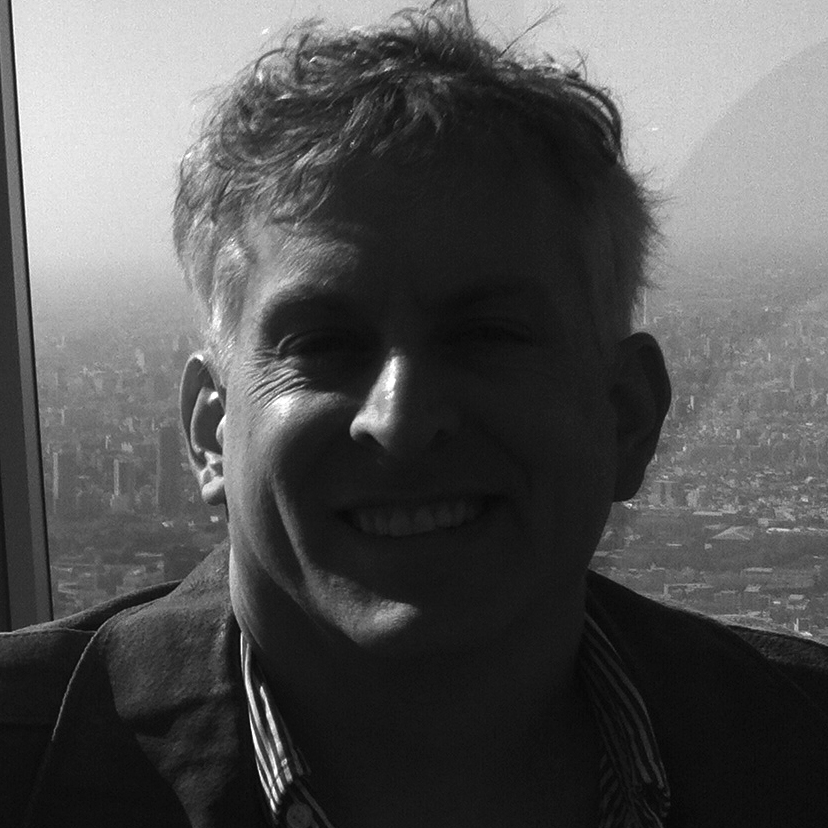
Sōkyoku
Donald Reid Womack
Donald Reid Womack has written extensively for Japanese instruments, including a double concerto for shakuhachi and koto performed by the Tokyo Metropolitan Symphony in Suntory Hall. He serves as professor and head of composition at the University of Hawaii, and has also lived in Japan under the auspices of a Fulbright Research Fellowship.
(Sōkyoku) refers to the genre of traditional Japanese music that was originally for koto alone, and later incorporated shakuhachi. In this short work, clarinet and guitar take on the roles of shakuhachi and koto respectively, in a Japanese character that is simultaneously meditative and rhythmically energized.